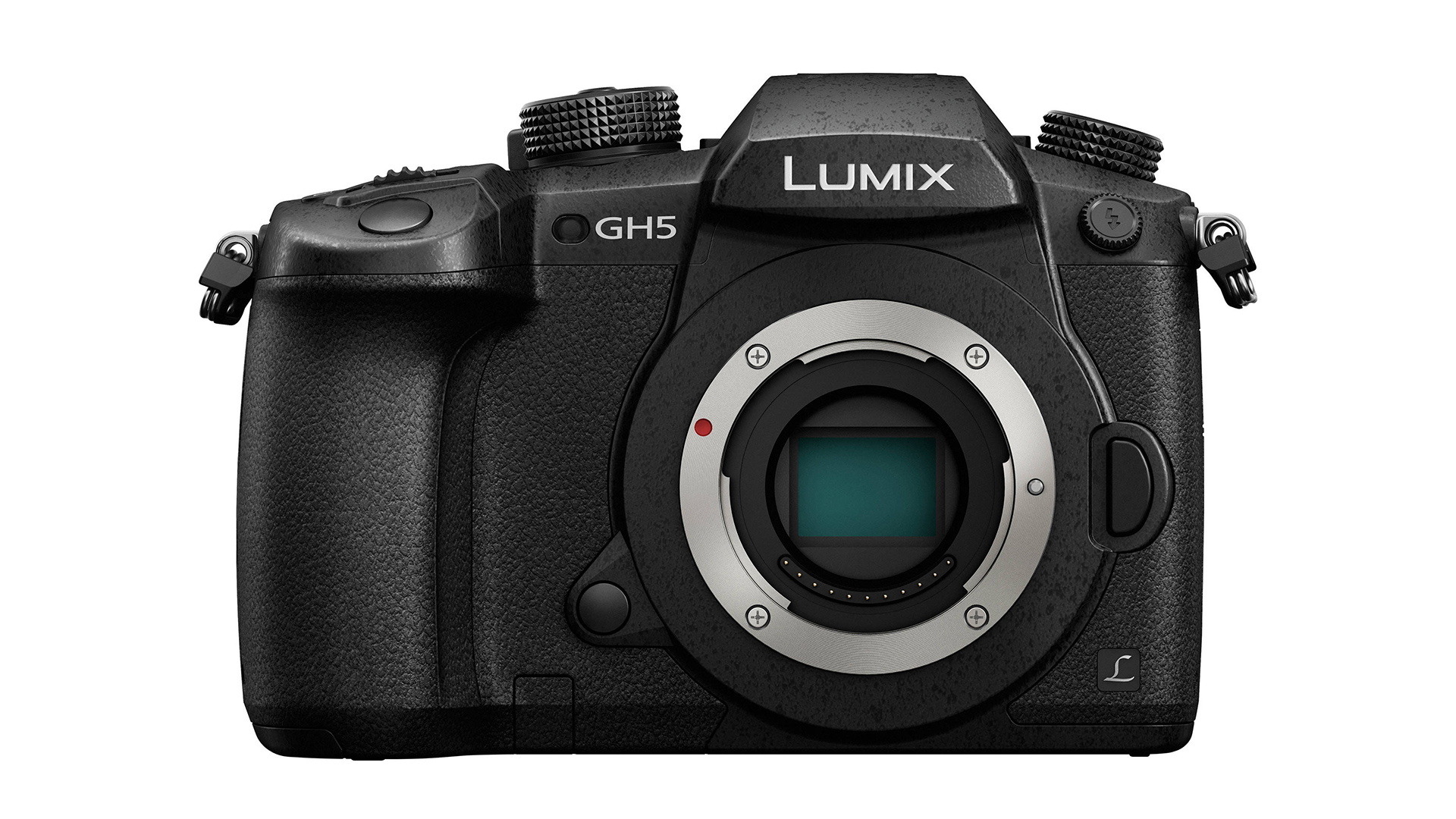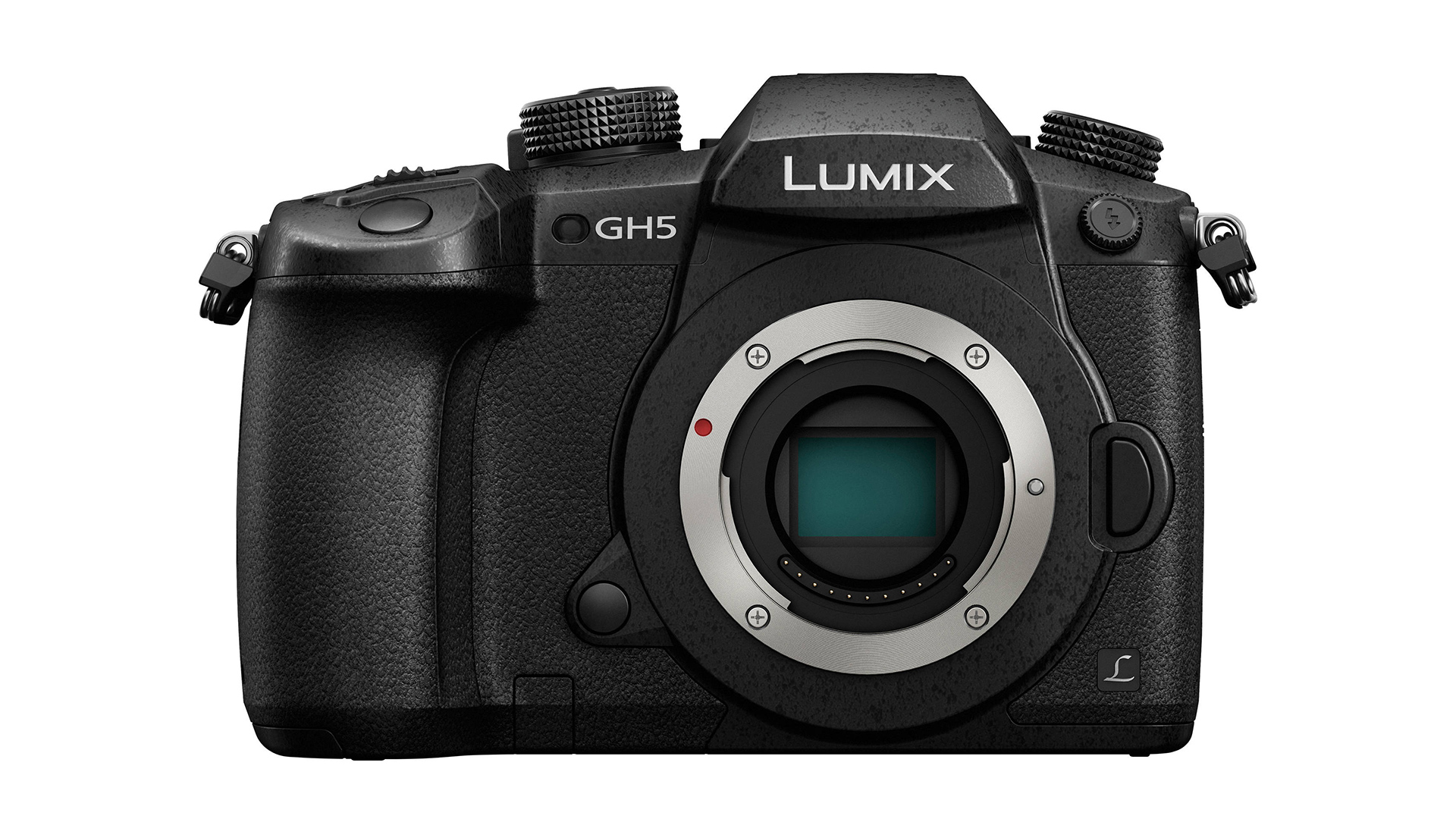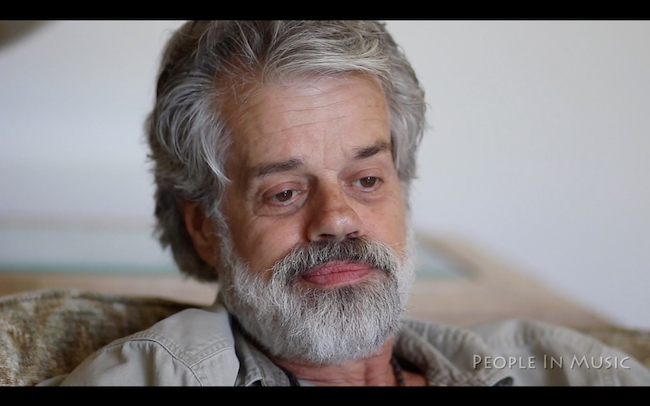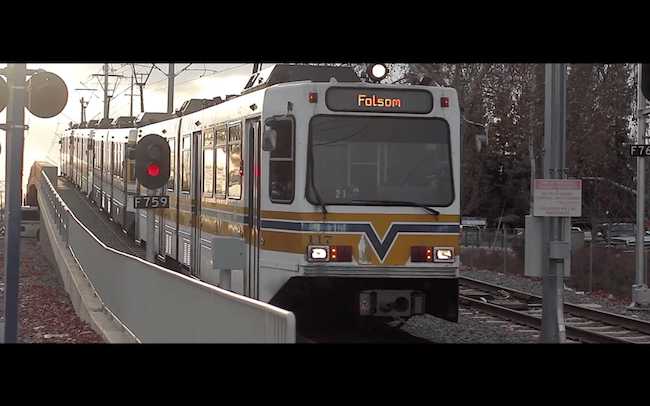

Replay: Now that all cameras are capable of exceptional pictures, how do we go about defining what the best tool for the job actually is?
I got my first hybrid DSLR (Canon T2i) almost 10 years ago. I was inspired by the look of it for all the reasons that have been talked about over the years. But I was never crazy about the ergonomics of it as a video camera. I had however become bored with what camcorders looked like and the images created by the DSLR captured my imagination.
I had no idea what I was doing when I shot both of these videos, no added light and using a Canon 85mm 1.8 on the talking head, and a 40 yr old 50mm lens using an adapter I got off ebay for the train shot.


Even the train shot with all of its obvious faults of noise and color and exposure such, when I played the clip back on my computer I was surprised at the dynamic range. I suspected right away, that Canon had no idea what they had done here, at least they did not fully anticipate what was about to happen. The rest as they say is history.
Today though it’s all very different. The market became saturated by hybrid cameras. Now its Sony and Panasonic taking the lead in affordable versions and Canon putting all their efforts for video into their high end cinema camera market. Other brands like Fujifilm and Olympus have been in the hybrid market with mirrorless cameras. Image quality has advanced way beyond my little T2i and the ubiquity of high quality images has set in across the board.
I have been shooting on a modest budget with a Panasonic GH5 since they came out. For me that camera hits a sweet spot for what I do.
Fundamental differences
Early on there were more fundamental difference in images from one camera to another and when there was a comparison between two, it could be interesting to see.
However the differences now are more incremental then fundamental. I think Barry Green had it right when he said at NAB: “We passed the threshold of image quality being the determining factor a while ago, because every camera produces great images. Its hard to find one that doesn’t look great. So to me, it’s what hoops do I have to jump through to get those great images.”
To that point, Another trend has been quietly building or should I say re-building, the camcorder market. The camcorders of today are, as the expression goes, not your grandfathers camcorders. Its been pretty interesting to watch. There are those creators who never developed an affinity for the hybrid still/video camera craze at all. Others who got into the hybrid camera craze but always struggled with not having proper audio built-in, having to switch lenses back and forth, no built-in ND filters, and the lack of par-focal motorized zoom lens's. Recently some of those users have migrated away from DSLR’s and back to camcorders. Until the past few years camcorders (for me personally) had not sufficiently advanced to the level of image aesthetic to re-capture my imagination.
But things are changing. Larger single sensor camcorders emerged. Both Sony and Panasonic have been gradually rolling color science from their high end cinema space into camcorders costing under $4,000. People have already been cutting in footage from both camera category spaces without notice. Log and HLG formats are on the new cameras, and overall highlight handling is much prettier on the new camcorders. The result is, when camcorders are being run by experienced shooters who know how to use and set them up properly, with the exception of *very* shallow DF, footage can look indistinguishable from hybrid cameras.
This means that camcorders are making a comeback, but to be honest they are not the same animal they were before. So the only thing making a comeback is the form and function not the images. There are structured and popular reality TV shows in the states that use C300's and F55's but they are all rigged up to function exactly like a shoulder mount full size ENG "camcorder".
I don't plan on selling my GH5 and replacing it with, for example, a Panasonic CX350, but it does make sense for me personally to add the camcorder to my rig so I have the flexibility to quickly run the camera that more precisely meets the needs of a particular type of job.
The quality of images today from all new cameras have made what camera you choose more of a personal choice. Because all cameras evolved as much as they have, there are now more choices than before. Famed director Steven Soderbergh has been shooting features using iPhones for goodness sake.
Don't limit yourself.
Tags: Production


Comments